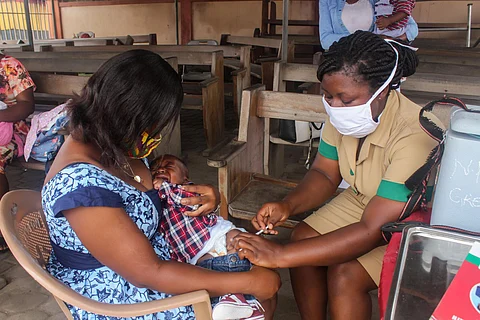

The mental health and well-being of youth in education have become pressing concerns in recent times. Today's students face a unique set of challenges that can significantly impact their mental health. As educational institutions strive to nurture academic excellence, it is equally crucial to address and support the mental health needs of students.
The Rising Concerns of Mental Health Issues Among Students
In the past few decades, there has been a noticeable increase in mental health issues among students in educational settings. Academic pressure, high expectations from parents and society, bullying, social media influence, and personal challenges contribute to the mounting stress levels that students experience. Factors like these can lead to anxiety, depression, eating disorders, substance abuse, self-harm, and even suicidal thoughts in extreme cases.
The Impact on Educational Performance
The negative impact of mental health issues on educational performance cannot be ignored. Students grappling with mental health problems often struggle to concentrate, manage time effectively, and maintain regular attendance. Their academic achievements may suffer, leading to a vicious cycle of worsening mental health and declining academic performance.
The Importance of Implementing Support Mechanisms
Educational institutions have a significant role to play in addressing the mental health challenges faced by students. By implementing effective support mechanisms, they can create a positive and nurturing environment that promotes mental well-being. Here are some important steps that institutions can take:
1. Mental Health Awareness Programs:
Educational institutions should organize regular awareness programs to educate students, teachers, and parents about mental health issues, their signs, and the available resources for seeking help. Destigmatizing mental health problems is crucial to encourage students to come forward and seek assistance without fear of judgment.
2. Accessible Counseling Services:
Setting up counseling centers within educational premises allows students to access professional help conveniently. Trained counselors can offer guidance, emotional support, and coping strategies to students facing challenges related to academics, relationships, or personal issues.
3. Student Support Groups:
Creating support groups where students can openly discuss their experiences and challenges with peers who may be facing similar issues can be beneficial. These groups foster a sense of community, reduce feelings of isolation, and provide a safe space for sharing thoughts and emotions.
4. Stress-Reduction Programs:
Incorporating stress-reduction programs, mindfulness practices, and physical activities into the curriculum can help students manage stress and anxiety effectively. Such initiatives promote a healthier lifestyle and overall well-being.
5. Faculty Training:
Training faculty and staff members to identify signs of mental distress in students and providing guidance on how to approach and support them can make a significant difference. This enables early intervention and appropriate referrals to support services.
6. Awareness Campaigns:
In addition to educating students, teachers, and parents about mental health, educational institutions can run comprehensive awareness campaigns to challenge the stigma. These campaigns can include posters, workshops, and interactive sessions that foster open conversations about mental health. By normalizing discussions about mental well-being, students will feel more comfortable seeking help when needed.
7. Integration into the Curriculum:
Introducing mental health topics as part of the curriculum can help to normalize discussions about mental health from a young age. Including subjects like emotional intelligence, coping strategies, and stress management in the syllabus can empower students with the tools they need to navigate their mental health effectively.
8. Promoting Student Leadership:
Empowering student-led initiatives focused on mental health can be incredibly impactful. Schools and colleges can encourage students to form mental health clubs or organizations that actively work to promote awareness, provide peer support, and engage in mental health advocacy.
9. Encouraging Role Models and Celebrity Endorsements:
Institutions can collaborate with mental health advocates, celebrities, and public figures who are open about their mental health struggles. Such collaborations can help to break down stereotypes and inspire students to seek help without feeling ashamed or weak.
10. Faculty and Staff as Mental Health Allies:
Educational institutions should strive to create an environment where faculty and staff are trained to be mental health allies. Teachers who are supportive and understanding can play a crucial role in identifying early signs of distress in students and providing appropriate guidance and assistance.
Providing Holistic Support:
The support mechanisms implemented by educational institutions should adopt a holistic approach, considering the multifaceted nature of mental health. Besides addressing immediate concerns, the focus should be on long-term well-being and personal growth.
